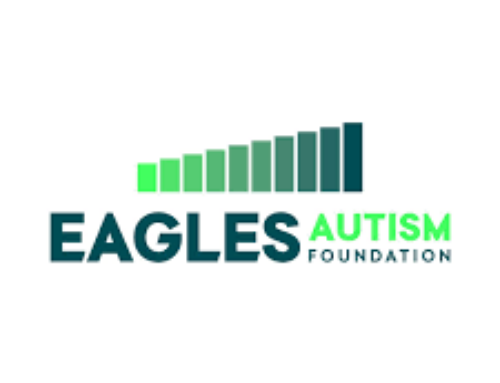Autism awareness is growing at a rapid pace, but there is always more information being discovered every day. Here are five facts everybody should know about autism!
There are many children living with autism spectrum disorder around the world. They require additional resources and support as they grow into young adults. Even though awareness and support are growing, there is always more which could be done to help those with autism spectrum disorders. The sooner children can be evaluated, the sooner their needs can be identified, and programs put in place to help them.
The CDC’s Autism and Developmental Disabilities Monitoring Network (ADDM), helps by identifying the number of children with ASD, the features of these children, and the age that ASD was first identified. It’s a highlight from the ADDM’s latest report which we are highlighting today. These findings are based on information collected from the health and special education (if available) records of 8-year-old children who lived in communities in Arizona, Arkansas, Colorado, Georgia, Maryland, Minnesota, Missouri, New Jersey, North Carolina, Tennessee, and Wisconsin during 2014.
 Five Facts to Know about Autism Spectrum Disorder:
Five Facts to Know about Autism Spectrum Disorder:
- The number of children with ASD was higher in 2014 than in any previous ADDM reports. 1 in 59 children were identified with ASD.
- The percentage of black and Hispanic children with ASD is almost level with the percentage of white children with ASD. Early identification and understanding what to look for across the population could be fueling the rise in children identified with ASD.
- Children who have been identified with ASD aren’t receiving the comprehensive developmental evaluations as early as they could be. The sooner a child is evaluated, the sooner any support programs can be put in place.
- Children who have had concerns about development noted in reports aren’t receiving a diagnosis of their conditions as soon as they could be.
- The recent changes which were made to the ASD criteria have had little impact on the number of children that have been identified with ASD.
It’s important as parents, teachers, and caregivers that we learn to look for the signs of ASD in the children we are caring for. The sooner any diagnosis can be made; the sooner support programs can be identified and put in place.
Ref Article: https://www.cdc.gov/features/new-autism-data/index.html





